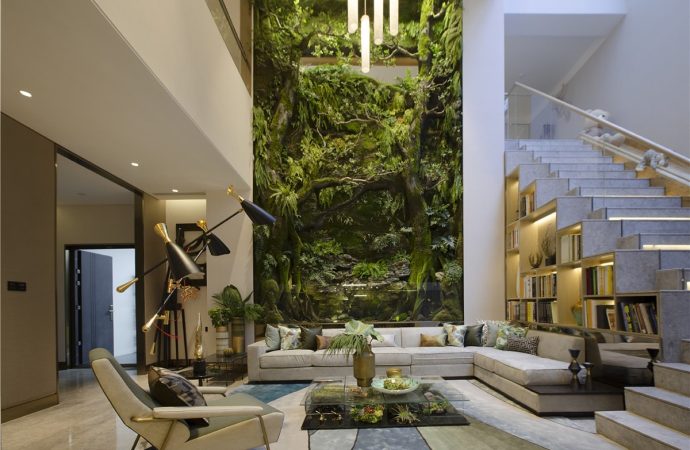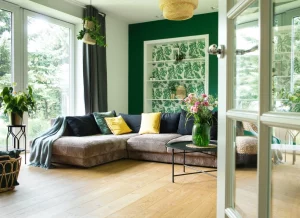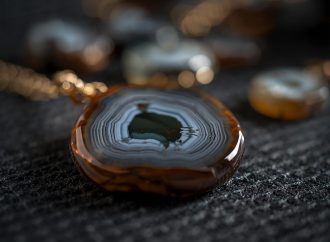Introduction In an era marked by a growing concern for the environment and well-being, real estate is making a meaningful shift towards sustainable serenity through biophilic design. This movement is more than a trend; it’s a philosophy that harmoniously melds eco-conscious living with the desire for tranquility. In this article, we’ll delve into the profound
Introduction
In an era marked by a growing concern for the environment and well-being, real estate is making a meaningful shift towards sustainable serenity through biophilic design. This movement is more than a trend; it’s a philosophy that harmoniously melds eco-conscious living with the desire for tranquility. In this article, we’ll delve into the profound relationship between real estate and the biophilic design movement, focusing on the sustainability aspect. We’ll explore key design principles and draw inspiration from a comparative table highlighting properties at the forefront of the sustainable biophilic charge.
The Essence of Biophilic Design
Biophilic design is not merely about aesthetics; it’s a commitment to ecological sustainability and well-being. It’s an approach that weaves the natural world into our living spaces, embracing sustainable practices and fostering serenity.
The 6 Principles of Sustainable Biophilic Design
- Visual Connection with Nature: Using large windows, open spaces, and abundant greenery to incorporate the surrounding natural environment into the design.
- Non-Visual Connection with Nature: Introducing nature’s sounds, scents, and textures into the design, such as utilizing sustainable materials and eco-friendly finishes.
- Non-Rhythmic Sensory Stimuli: Incorporating nature’s non-repeating patterns and textures, reducing stress by embracing sustainable, organic materials.
- Thermal and Airflow Variability: Creating dynamic indoor environments with sustainable materials that mimic natural temperature variations and air movement, while minimizing energy consumption.
- Presence of Water: Integrating water features that can be sustainably managed, conserving water and energy while bringing tranquility.
- Dynamic and Diffuse Light: Utilizing sustainable lighting systems that replicate the ever-changing natural light, enhancing mood and conserving energy.
Image by: https://www.bobvila.com/
Comparative Table of Sustainable Biophilic Design in Real Estate
Explore how properties at the forefront of the sustainable biophilic charge have integrated these principles:
| Property | Location | Key Sustainable Biophilic Features |
|---|---|---|
| EcoScape Residences | San Francisco, CA | Green walls, reclaimed wood, solar power systems |
| OceanBreeze Retreats | Bali, Indonesia | Sustainable bamboo construction, rainwater harvesting, natural ventilation |
| UrbanSerenity Towers | Vancouver, BC | Sustainable urban gardens, natural stone accents, energy-efficient HVAC systems |
| LakesideGreen Homes | Geneva, Switzerland | Lake proximity, eco-conscious interiors, energy-efficient windows |
| ForestHaven Estates | Oslo, Norway | Forest surroundings, eco-friendly color palette, biophilic artwork |
The Impact on Eco-Conscious Living
The sustainable serenity offered by biophilic design goes beyond individual well-being. It embraces eco-conscious living, reducing environmental impact and promoting a healthier planet. Properties that integrate these principles contribute to a more sustainable future.
Real Estate’s Dedication to Sustainability
Real estate is at the forefront of sustainable living. The biophilic design movement embodies this commitment, where living in harmony with nature aligns with sustainable practices. As the industry embraces these principles, it is setting the stage for a future where eco-conscious living and serenity coexist seamlessly.
Conclusion
The real estate industry’s adoption of sustainable serenity through biophilic design is a testament to its dedication to eco-conscious living and well-being. By blending the natural world into living spaces and embracing sustainable practices, it creates environments that enrich lives and reduce environmental impact. These principles have a profound impact on reducing stress, enhancing cognitive function, and increasing overall satisfaction with living spaces. The transformation in real estate is paving the way for a future where homes and living spaces seamlessly integrate sustainability and serenity, fostering a healthier planet and happier residents.
























Leave a Comment
Your email address will not be published. Required fields are marked with *